Melanoma can be a big, and often scary, subject to tackle—but it’s also an important one. The American Cancer Society estimates 104,960 new melanomas will be diagnosed this year, as rates rise across the US. Still, there’s plenty of cause for hope, since most cases are preventable with awareness and early detection.
As leaders in sun protection, we aim to inspire a future without skin cancer. We’ve teamed up with world-renowned dermatologist Dr. Susana Puig to share guidance that you can depend on, “because being informed is the first step to protecting our health.’’
We’re also joined by the RDK Melanoma Foundation, sharing simple yet impactful ways you can help contribute to awareness and research. Read on for expert advice on how you can minimize your risk and help work to end skin cancer.
Meet the experts

Dr. Susana Puig
Head of Dermatology at Hospital Clínic in Barcelona and Academic Director of the International School of Derma (ISD).
Deborah Kann Schwarzberg
Founder and President of the RDK Melanoma Foundation, a leading sun safety organization.

Table of Contents
What is melanoma?
The clues are in the name: melanocytes are the skin cells that contribute to its color. Meanwhile, melanoma is a type of skin cancer that occurs when melanocytes start reproducing uncontrollably.
Although it’s less common than many other types of skin cancer, it’s the most aggressive. It can spread very rapidly to other parts of the body. And once melanoma spreads, it’s considered invasive and can potentially become life-threatening.
That’s why educating yourself about skin cancer (just like you are right now!) is so important.
What does it look like?
We asked Dr. Puig. “In general, the first sign of melanoma is a change in a mole’s size, shape, color, or texture,” she shares. However, it can present differently from person to person.
Many melanomas exhibit a bluish or black area and distinct characteristics compared to your other moles, marks, or freckles. She explains, “Melanoma can also appear as a pink lesion that doesn’t go away, a line of color on your fingernail that widens over time, or a new lesion that keeps growing and is dark or reddish, looking different from others.”
The most common form of melanoma in black and brown skin occurs on the palms of the hands, the soles of the feet, and the fingers, toes, and nails. It might present as a dark bump, new growth, or a sore that doesn’t heal with time.
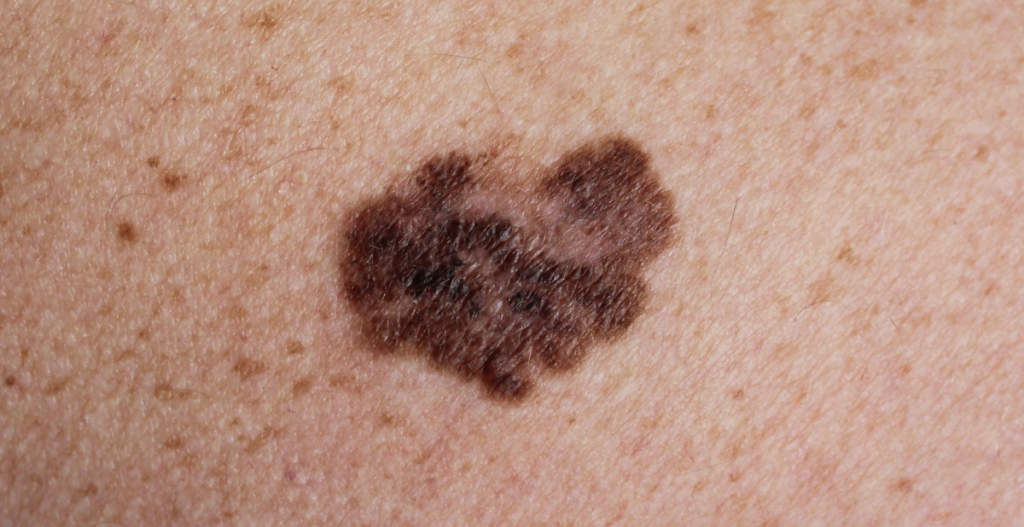
Expert tip:
While medical experts have contributed to and fact-checked this article, there are lots of additional sources of information on melanoma available. Turn to these foundations for the latest information:
American Cancer Society
Skin Cancer Foundation
National Cancer Institute
What causes melanoma?
The main cause of melanoma is sun exposure, along with genetic factors. On top of being responsible for 80% of visible skin aging, repeated exposure to UV radiation increases the overall risk of skin cancer.
But the sun isn’t always the enemy—it can be great for your body and mind. Unprotected or extended exposure is what to avoid. That’s when its rays are more likely to cause cellular damage, leading to the potential for cancerous and precancerous skin lesions. Melanoma is considered a cancerous lesion.
Who’s at risk?
Dr. Puig reminds us that anyone can develop skin cancer—but the correct use of sun protection can reduce your risk. “Protecting yourself from the sun daily is the best strategy to prevent the visible signs of skin aging, actinic keratoses, and, most importantly, melanoma and other skin cancers,” she explains.
Overall, the likelihood of developing melanoma increases in those who:
- Have lighter skin tones
- Had repeated sunburns during childhood
- Spend or have spent many hours in the sun
- Use or have used tanning beds
- Have more than 50 moles or beauty marks
- Have a history of skin cancer in the family
- Are 50 years of age or older
- Have had an organ transplant (immunosuppression can increase the risk of melanoma)
How can I help protect myself from melanoma?
Dr. Puig explains the three steps that can help you minimize your overall risk of skin cancer: sun protection, self-exams, and visiting your dermatologist. Let’s explore the details of each.
Step 1: Help reduce your risk by protecting yourself from the sun

Here’s the good news: Over 80% of melanoma cases can be prevented. The best way to minimize your risk? By taking proactive steps to keep your skin healthy and protected.
Dr. Puig shares her expert advice:
✅ Avoid lengthy sun exposure during midday hours, when solar radiation is stronger. Remember, the smaller your shadow is, the stronger the sun’s radiation.
✅ Always use sunscreen on exposed skin. For proper protection, use a high SPF broad spectrum sunscreen. Apply it generously about 15 minutes before exposure, and reapply at least every 2 hours.
✅ Use other physical protective measures such as sunglasses, umbrellas, hats, and clothing.
✅ Avoid sunburn, one of the biggest factors in increasing the risk of all types of skin cancer.
Expert tip: Dr. Susan Puig echoes the importance of applying sunscreen the right way, using “a sufficient amount of product and distributing it correctly.” That also means paying extra attention to those easy-to-miss spots like your ears, toes, and nose.
Step 2: Learn how to look for potential signs of melanoma
While self-exams can’t diagnose melanoma or replace your yearly visit to the dermatologist, they can help you take your health into your own hands. Where to start? Dr. Puig shares an expert method: “Get to know your skin, observing changes and using what’s known as the ABCDE technique. It’s an acronym that helps identify the most common signs of melanoma.” These are:
- Asymmetry: the outline of one half of the mole is different from the other.
- Border: the edges are uneven, ill-defined, or irregular.
- Color: uneven and can include black, brown, and cinnamon-colored shades.
- Diameter: its size changes, usually increasing.
- Evolution: any changes in the mole in the last few weeks or months.
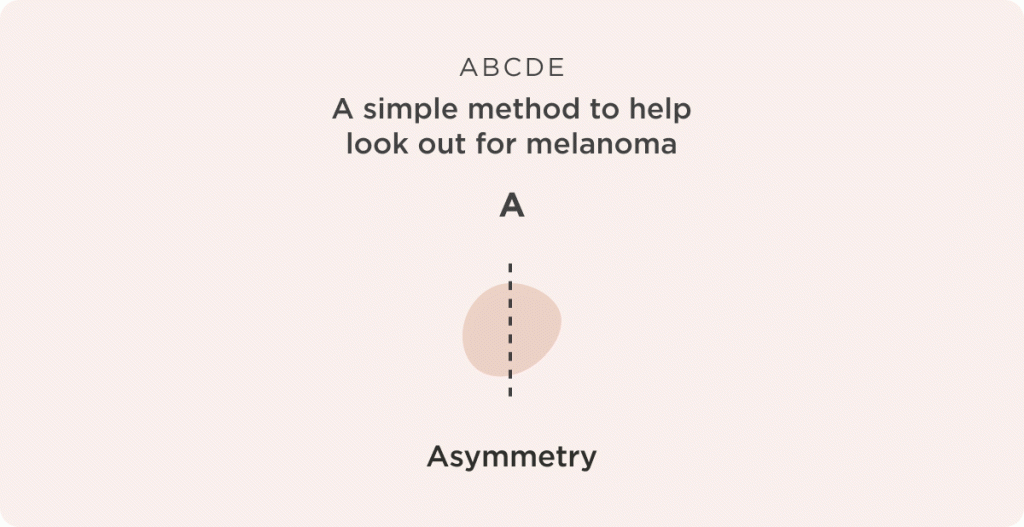
Other melanoma warning signs could be:
- A wound that doesn’t heal
- A mole’s color starts spreading beyond its original border
- A mole starts swelling or becoming inflamed
- One mole that looks significantly different from your others
- Changes in feeling (itching, tenderness, or pain)
- Changes in a mole’s surface (peeling, bleeding, or a nodule)
Overall, do your best to keep track of any new moles or areas of color change on the skin, noting any shift in size, shape, or color. Pay attention to skin changes such as new freckles or skin pigmentation. Finally, if any of your moles match the characteristics above, schedule an appointment with your dermatologist for a skin exam to check things out.
Expert tip: As you track the changes in your skin, take pictures on your cell phone and keep notes. That way, you’ll be better prepared to discuss any concerns with your dermatologist when your appointment comes around.
Step 3: Schedule a yearly visit with your dermatologist
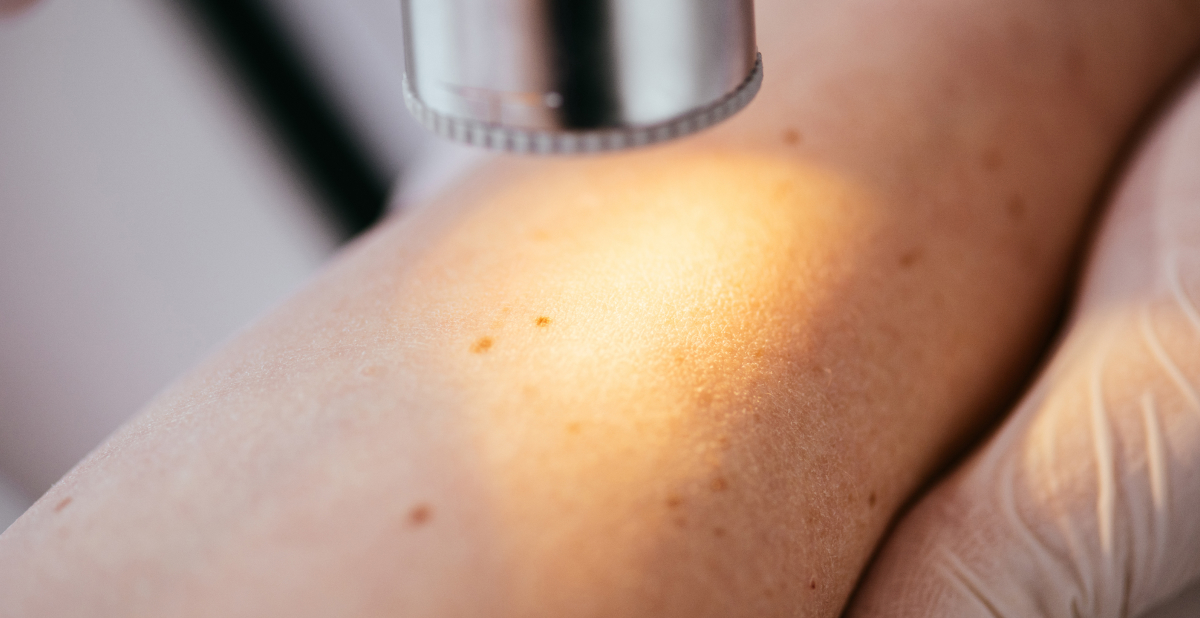
It’s a good idea to check in with your dermatologist once a year, even more so if you find yourself at a higher risk. Dr. Puig explains, “Those with many moles or a personal or family history of skin cancer should have a yearly dermatological exam using a dermoscopy.”
What to expect at the dermatologist’s office
At your appointment, your doctor will likely examine all the moles on your body with diagnostic imaging techniques. Why is it important to check carefully from head to toe? Sometimes melanoma can appear in places that aren’t easily visible.
Dermatologists can combine several techniques for a skin examination, including digital dermoscopy or a handheld dermoscope. Not to worry—they aren’t invasive and don’t cause any discomfort—it’s a quick and easy process.
On that note, Dr. Puig shares that these tools can help analyze over 100 moles in under 90 seconds. She continues, “Dermoscopy allows us to see parts of the skin’s structure that aren’t visible to the naked eye. With this, we can improve diagnostic accuracy by 25%.”
Expert tip: Make sure to mention any concerns or skin changes during your appointment with the dermatologist, and bring a friend if you want a little extra help advocating for your health.
How can I help protect others from melanoma?
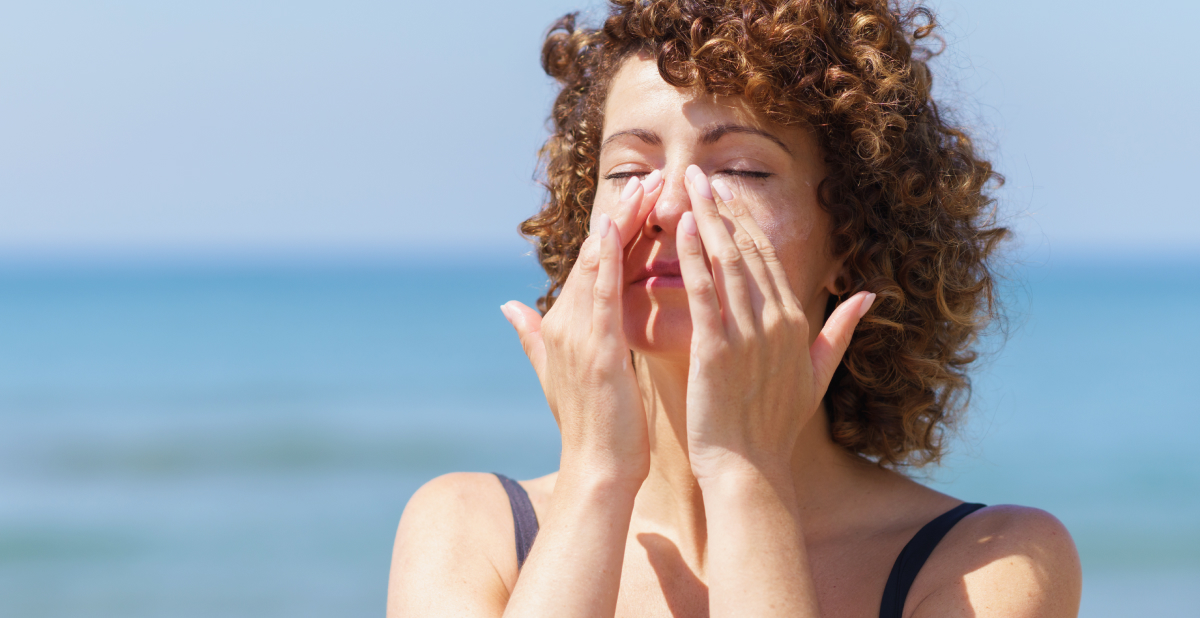
One of the easiest places to start: sharing what you’ve learned today with a loved one. If you want to take it a step further, there’s another simple way to get involved.
“For over 30 years, the Richard David Kann Melanoma Foundation has focused on educating all generations, and especially the youth, on the importance of sunscreen use and early detection of this preventable and deadly disease,” shares Deborah Kann Schwarzberg, the organization’s Founder and President. The Isdinlover and advocate has made this important cause her life’s mission—and now, you can join these efforts.
In honor of Melanoma & Skin Cancer Awareness Month, we invite you to join our ongoing collaboration with the RDK Foundation in our No More Melanoma campaign. “We are on a joint mission with ISDIN to inspire a future without skin cancer,” explains Schwarzberg.
Throughout the month of May, for every 250 LOVE ISDIN points donated, $1 will be contributed to the foundation. Your thoughtful contribution will help to fund skin cancer awareness efforts and melanoma research. It’s a meaningful step toward a melanoma-free future.
Caring for your skin’s future, today
Melanoma can be a heavy topic. But the more we understand about it, the more we can do to take away its power. Moving forward, share what you’ve learned with a friend, do your best to use broad spectrum sunscreen daily, and examine your skin regularly. Dr. Puig agrees, “These steps, simple but fundamental, help ensure prevention and early detection.”
And remember, you’re already on the path to a world without skin cancer. Thanks for being here, for taking care of your skin, and for sharing your knowledge with others.
Behind the blog:
Article written and reviewed by:
Our namesake embodies the spirit of embracing life and all its wonder. As wellness journalists, we explore topics that invigorate the senses and keep curiosity alive. We believe that glowing skin is the result of a healthy body and mind. Weaving beauty with science, we aim to inspire you to live young at every age.

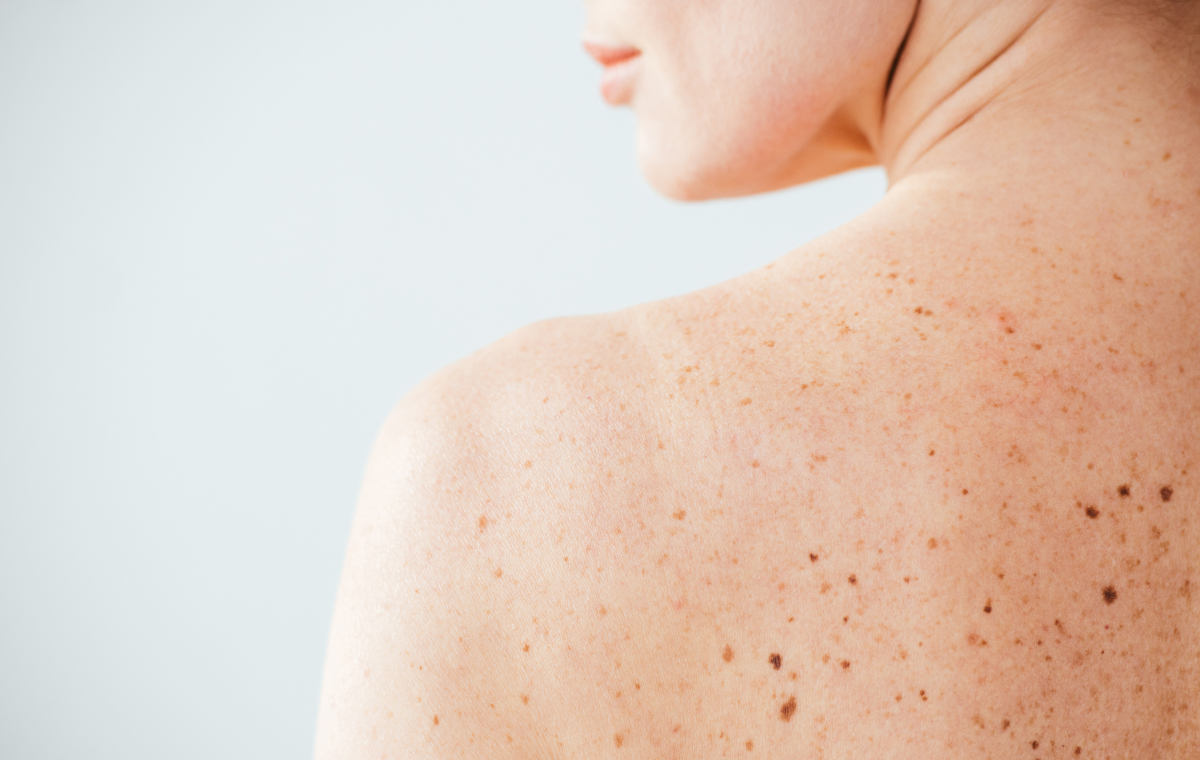


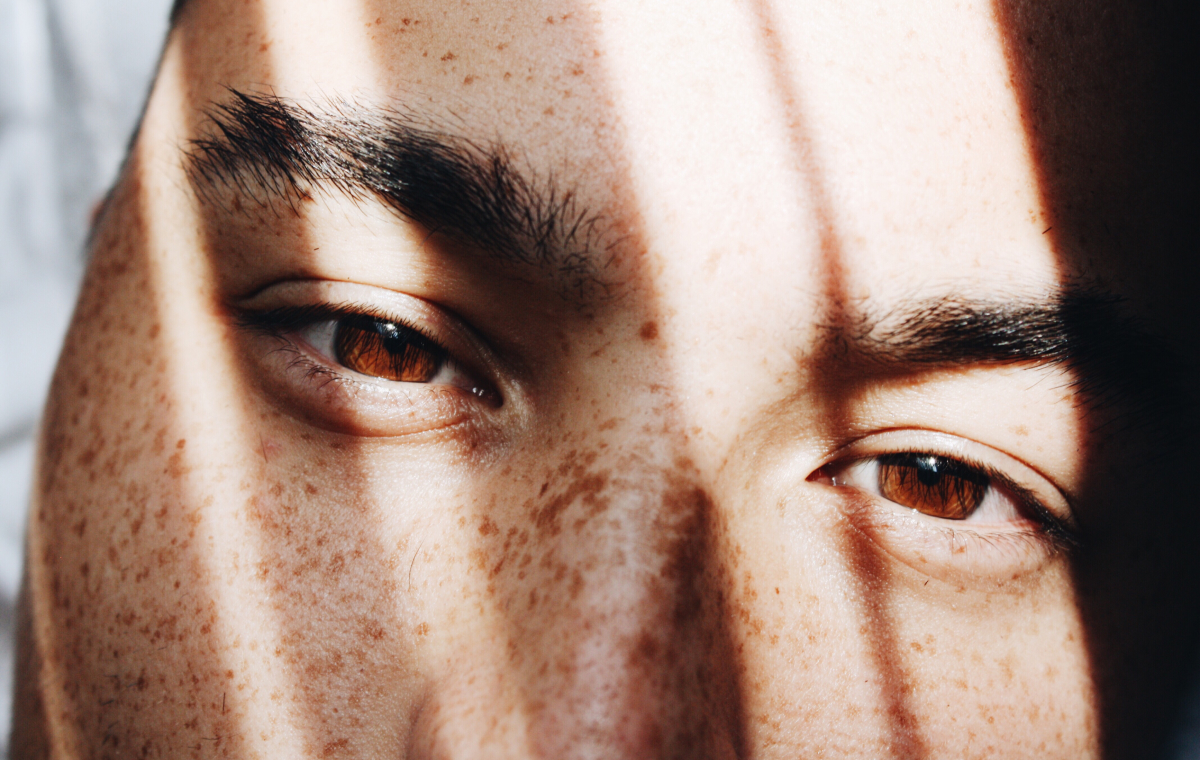

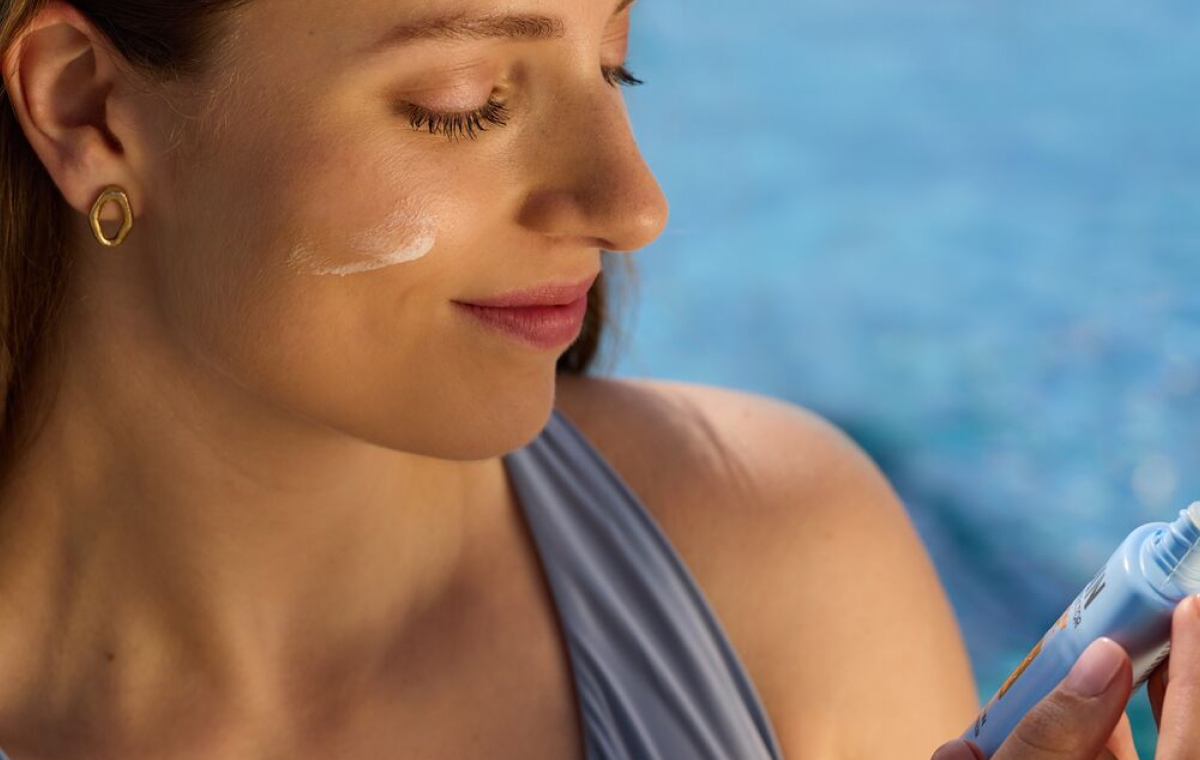
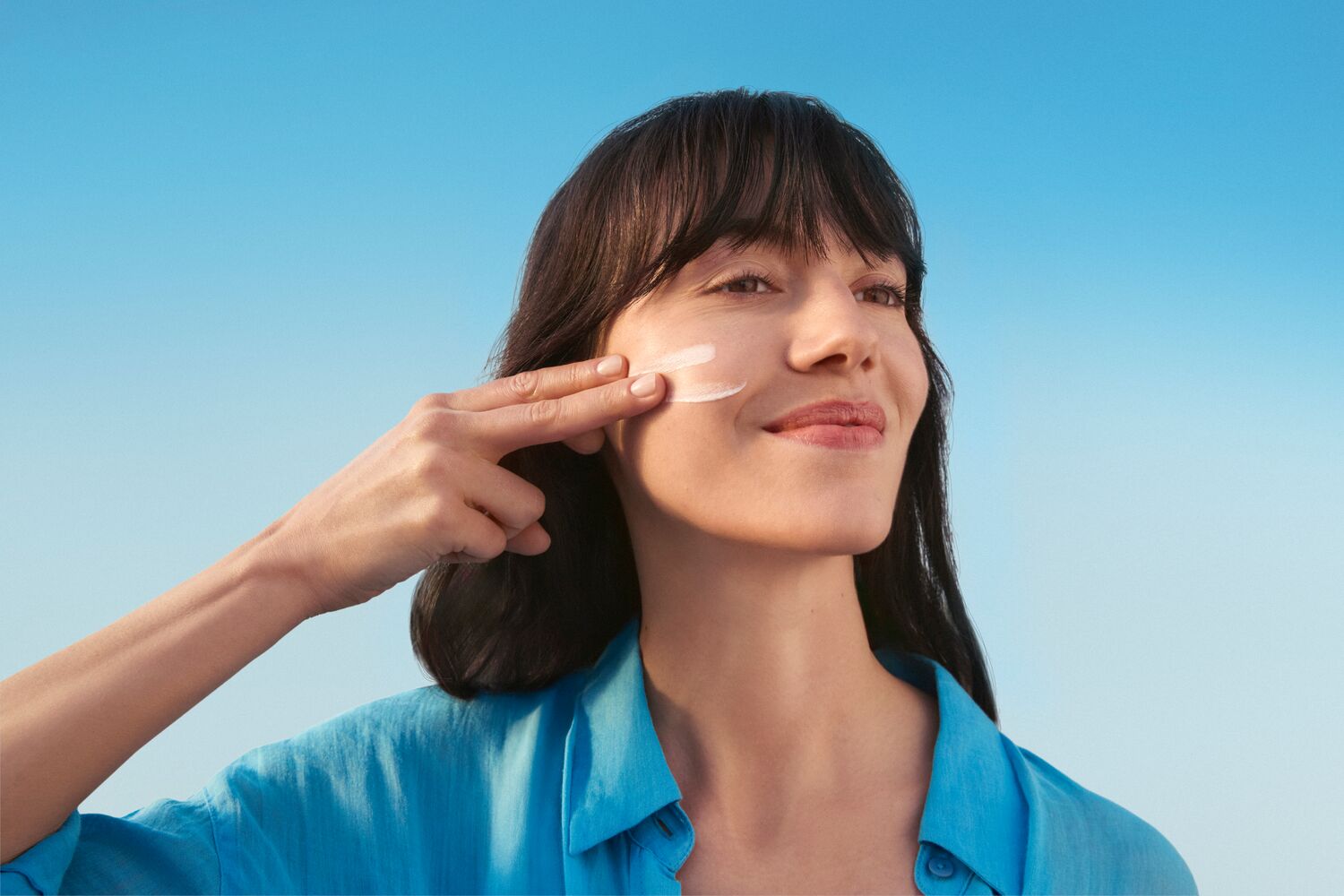




I didn’t know that melanoma is the most aggressive kind of skin cancer. My sister recently found out that she might have melanoma, so my family and I are trying to learn more about it and raise awareness about it. I think that it would be smart to make sure that we are taking care of our skin and I think it might also be smart to get some melanoma awareness pins to help start conversations about it and help show our support. Thanks for detailing what melanoma is and how to detect it.